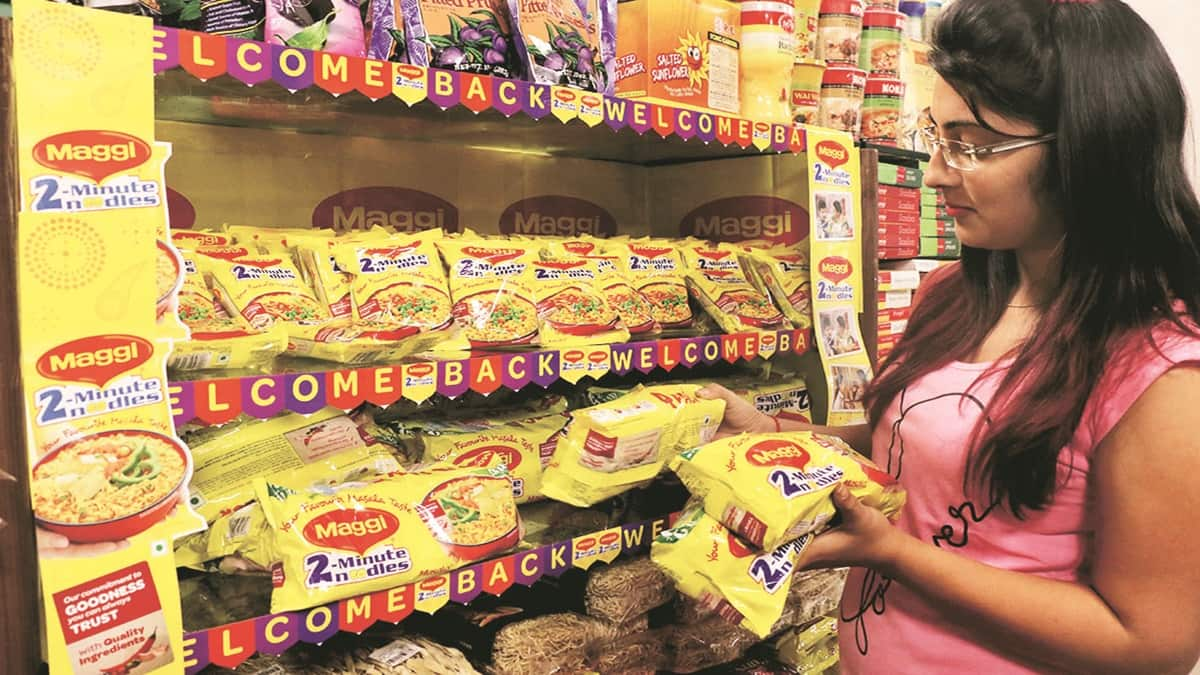Hindustan Unilever vs Nestle India; Nestle to outperform HUL in long term
We believe Nestle may potentially outperform HUL in long term driven by multiple favourable factors (both extrinsic and intrinsic). In Nestle, we like penetration-led volume growth on the back of rural expansion among peers. There is lower threat from D2C (direct-to-consumer) brands given the inherent challenges in scaling up in Foods category. There is opportunity to bring more from global portfolio in true long term.
Nestle India has relatively lower salience from rural areas (20%; one of the lowest in our coverage) compared to HUL which has been a pioneer in driving penetration-led growth in rural areas through smaller packs and brand architecture. We note that rural regions are one of the large drivers of volumes for most of the FMCG companies.
We believe Nestle through its strategy will likely drive rural penetration for its products leading to volume growth.
HUL on the other hand has been a pioneer over the last few years in driving penetration-led volume growth through its LUP ( low unit packs) strategy and multi-brand architecture. We believe HUL will likely have premiumisation led growth as it has already achieved high penetration for some of its products, and (material) growth going forward will be through upgrading consumer to a premium brand. However, HUL will also likely continue to gain penetration-led growth as consumer shift away from unorganised segment, we believe that benefit will be lower for HUL compared to Nestle India.
Nestle India is present in food categories while HUL is present in home care, beauty and personal care (BPC) and foods. We believe, D2C brands have higher presence in BPC categories compared to food categories.
Nestle India currently operates in 4 categories out of 7 categories where Nestle SA (parent company) is present. Therefore, Nestle India does not need to look for inorganic opportunities as it can always get some of the brands from the parent to India as and when Nestle feels that there is opportunity in that particular category.

On the other hand, HUL is largely present in the (relevant) categories where Unilever (parent company) is present. Also, HUL has been active in acquiring companies in India in categories like health food drinks (GSK Consumer – Horlicks, Boost etc.), Ice Creams (Aditya Milk), Ayurvedic Hair Oil (Indulekha), Female Hygiene (VWash) etc.
Nestle India has one of the lowest salience of rural revenues amongst its peers. It is continuously expanding reach into smaller cities and rural areas. It has a target to expand into ~120,000 villages by CY24. We value stocks on DCF except Adani Wilmar, Godrej Cons. and Tata Cons. which we value on SoTP basis. Key upside risk is better-than-expected gross margins due to correction in input prices. Key downside risk is unexpected irrational competition due to deceleration in general consumption demand.
